Lance Taylor received a B.S. degree with honors in mathematics from the California Institute of Technology in 1962 and a Ph.D. in Economics from Harvard University in 1968. He has been a professor in the economics departments of Harvard and the Massachusetts Institute of Technology, among other research institutions. He is currently the Arnhold Professor of International Cooperation at the New School for Social Research. He has published widely in the areas of macroeconomics, development economics, and economic theory. His most recent book is Maynard’s Revenge: The Collapse of Free Market Economics.
Lance Taylor
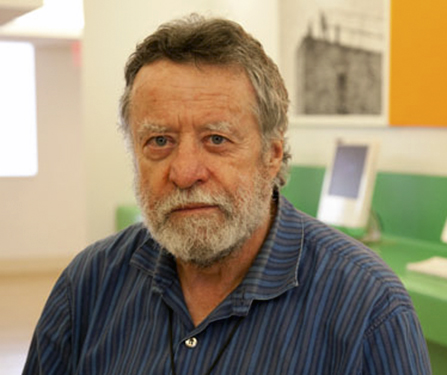
By this expert
Axel Leijunhufvud, Wide-Ranging Economist
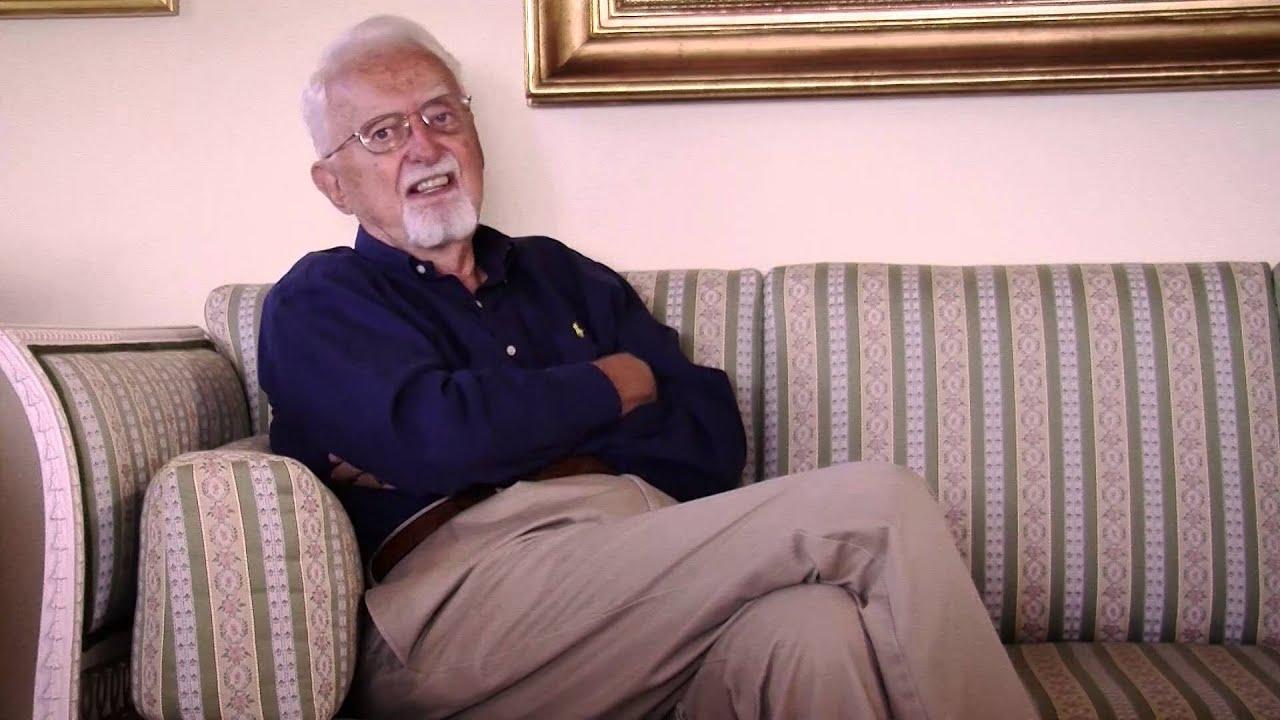
An obituary for Axel Leijunhufvud (Sept 6, 1933 - May 5, 2022)
Progressive Neoliberalism: Biden’s Economics, Distribution, and Inflation
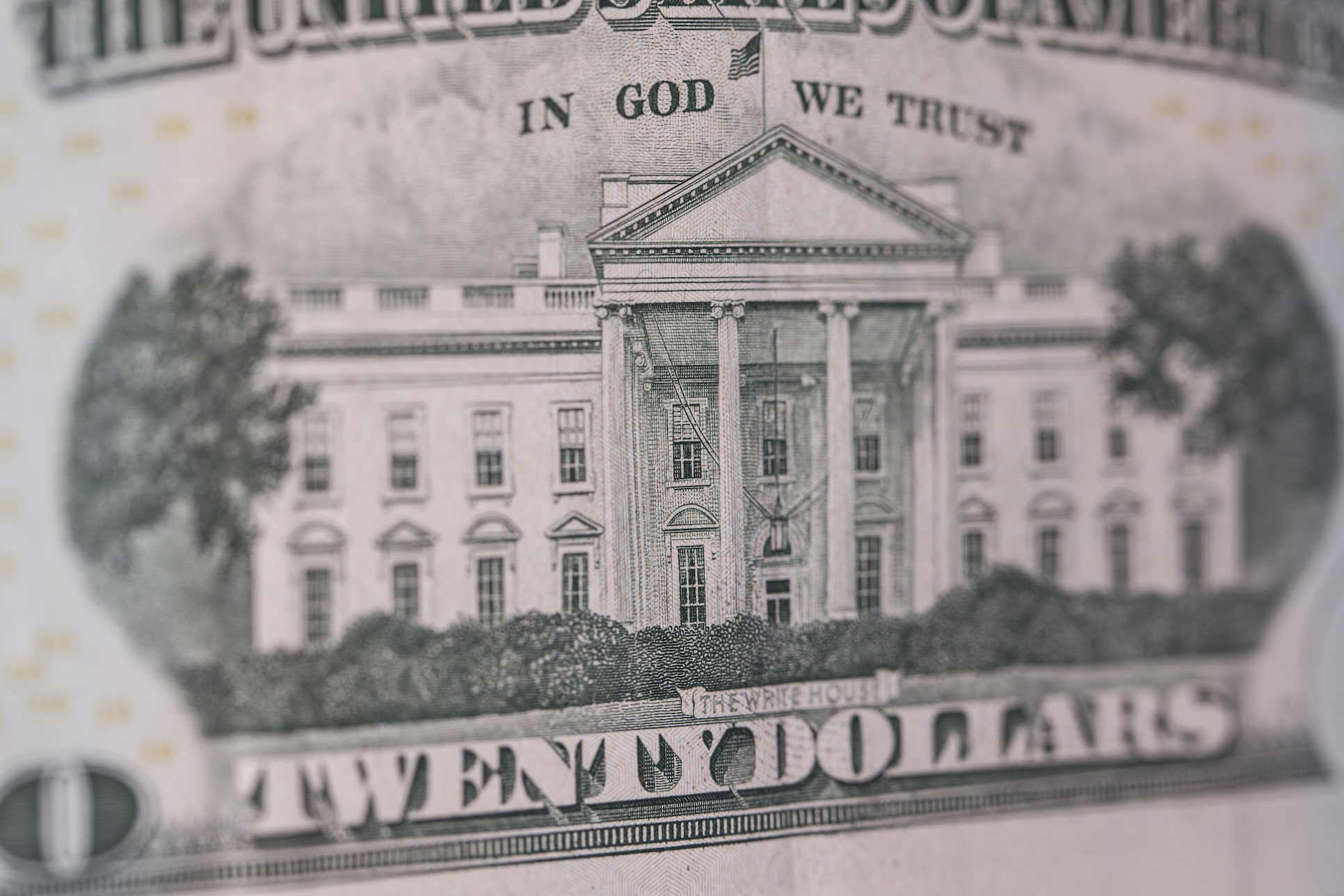
What does Biden’s economic policy mean for the future?
Standard Inflation Theory Leaves Out Social Conflict and Costs
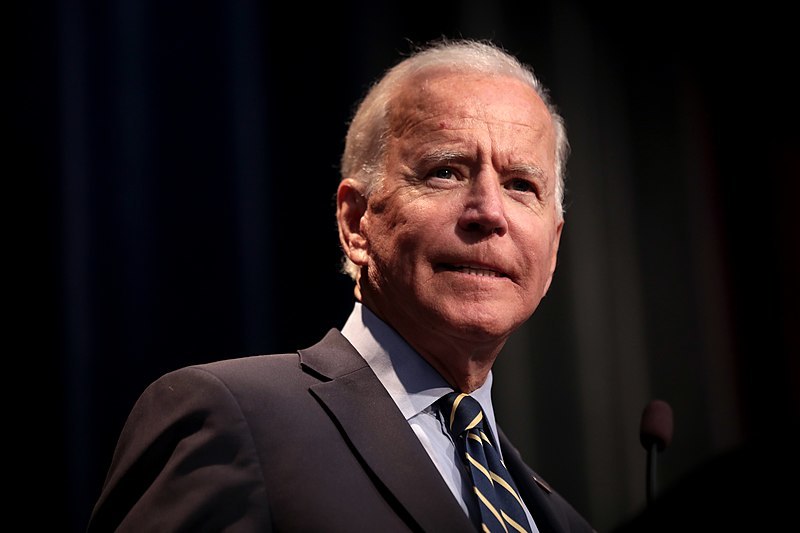
What That Means For Biden’s Inflation Policy Trilemma
Carbon Pricing Isn’t Effective at Reducing CO2 Emissions

And electric vehicles don’t do a lot better
Featuring this expert
In Tribute to Lance Taylor (1940 - 2022)
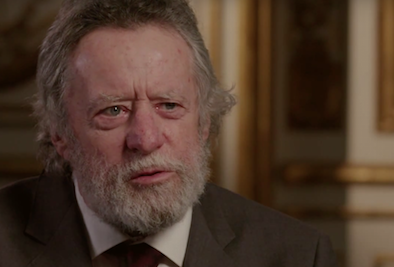
Everyone at INET is saddened by the news that our colleague Lance Taylor passed away on Monday, August 15th, 2022. His loss leaves a giant hole in our hearts as well as in the field of economics. His talents and achievements were prodigious and we will miss his cheerful and inspiring presence. Words help little on such occasions, but we would like to extend our condolences to his wife Yvonne, and his children Signe and Ian.
Schularick, Taylor & Jorda’s INET funded research is featured in the FT
“The economists Òscar Jordà, Moritz Schularick, and Alan Taylor studied the sensitivity of house prices to interest rates across 14 countries and 140 years of history. They found that a 1 per cent rise in interest rates reduces the ratio of house prices to incomes by about 4 per cent. In New Zealand, for example, that ratio has risen by about half in a decade, implying a double-digit rise in interest rates to stabilise it.” — Robin Harding, FT
Taylor and Barbosa’s response to Krugman's inflation argument is summarized in Daily Kos
RSS PUBLISHED TO eState4Column5©2013 Political Economy Group DK PEG Anti-Capitalist Chat TAGS Culture Economy Employment Media MMT PoliticalEconomy publicpolicy stagflation WhiteHouse Share this article Let real wages (of $15+/hour) grow faster than labor productivity for some years, undoing the wage repression of the last decades. We have been misled by neoliberal economics for now many decades, it’s time to turn many things around in what is becoming a second-rated US economy, recently crippled by the malevolent and narcissistic “king of debt”. In economics, stagflation or recession-inflation is a situation in which the inflation rate is high, the economic growth rate slows, and unemployment remains steadily high. It presents a dilemma for economic policy, since actions intended to lower inflation may exacerbate unemployment. The biggest risk for the stock market in 2021 is inflation, according to Morgan Stanley. Unprecedented radical spending by the federal government and the Federal Reserve, to stave off a panic-induced market crash, helped artificially drive stocks to temporary new highs last year. www.laloftblog.com/… For some, the math bore out the possibility that exuberance was rational even if the economy is always more irrational than its math. “The Lucas fantasy of costless disinflation from credible commitments in an ergodic world of rational agents was decisively falsified long ago.” The underlying problems of supply shocks related to Trumpian idiocy atop bailing out the banksters may have made the economy much worse. The pandemic has only made a bad situation worse, or made more of us myopic in our isolation. Paul Krugman has now taken the time to question the orthodoxy of stagflation. Darn economic orthodoxy being wrong since the 1970s. Let me start with the inflation story the way most economists, myself included, have been telling. In the beginning was the Phillips curve: the apparent tradeoff, fairly visible in the data, between unemployment and inflation. In the 1960s many people looked at that tradeoff, considered the mild costs of inflation versus the benefits of lower unemployment, and argued for monetary and fiscal policies aimed at running the economy hot. But in a hugely influential speech Milton Friedman made an argument also independently made by Columbia’s Edmund Phelps: the unemployment-inflation tradeoff wasn’t real, because any sustained effort to keep unemployment low would lead not just to high inflation but to ever-accelerating inflation. They claimed, specifically, that people setting wages and prices would begin marking them up to anticipate future inflation, so that the inflation rate associated with any given unemployment rate would keep rising. They predicted, in particular, that the course of the economy over time would look something like this: https___bucketeer-e05bbc84-baa3-437e-9518-adb32be77984.s3.amazonaws.com_public_images_81db75c8-59f2-4b95-a60a-fe404a50c119_914x5331.png First, a government would push unemployment down; but this would lead to ever-rising inflation, which would stay high even as the economy cooled. So it would take a sustained period of high unemployment to get inflation down again, until finally unemployment could be brought back to a sustainable level. So their analysis predicted “clockwise spirals” in unemployment and inflation. Then came the 1970s: https___bucketeer-e05bbc84-baa3-437e-9518-adb32be77984.s3.amazonaws.com_public_images_1d91277a-44fe-422b-b0c3-f1dfa8fb7428_933x5501.png This sure looked like a dramatically successful out-of-sample prediction — sort of an economics version of “Light bends!” Almost everyone in the economics profession took the Friedman-Phelps analysis as confirmed. This in turn had big practical and intellectual consequences. First, governments and central banks stopped pursuing low unemployment, believing that excessively ambitious stimulus caused the stagflation of the 1970s. They began aiming for stable unemployment around the NAIRU —non-accelerating-inflation rate of unemployment — instead. Second, since the Friedman/Phelps prediction was based on trying to assess what rational price-setters would do, their apparent success gave a big boost to the notion that all economics should be based on maximizing behavior. Friedman always had too strong a reality sense to personally go down the rational-expectations rabbit hole that swallowed much of macroeconomics, but given the law of diminishing disciples it was bound to happen. Third, the whole affair gave a boost to conservative ideology. We had seemingly seem a demonstration of the limits to government action; also, the Chicago boys had seemingly been proved right about something big. (I remember classmates in grad school saying “They were right about this. Why don’t you think they’re right about the rest?”) Finally, the Volcker disinflation of the 1980s — using high unemployment to end high inflation — became, in many minds, the model of what responsible policymakers should do: make tough choices for the sake of the future. BUT WHAT IF WE’VE BEEN TELLING THE WRONG STORY ALL ALONG? […] But suppose something like this is true. In that case, the narrative that saw stagflation both as the cost of excessively ambitious macroeconomic policy and as a vindication of conservative economic ideas was mostly wrong. And that matters not just for history but for policy right now, which is still to some extent constrained by the fear of a 70s repeat. How do you ask someone to be the last worker to be unemployed for a mistake? paulkrugman.substack.com/… The reality in a response by Lance Taylor and Nelson Henrique Barbosa Filho is that “For practical purposes, the results mean that, for the Fed to meet its inflation target, it would be necessary to let real wages grow faster than labor productivity for some years, undoing the wage repression of the last decades. Biden’s $15 minimum-wage proposal is a correct step in that direction.” This is despite so many economists taking an opposite, more cautious position. — Daily Kos
William Janeway reviews INET’s book, “Macroeconomic Inequality from Reagan to Trump” in Project Syndicate
“Now, in a powerful work of synthesis, economist Lance Taylor, assisted by Özlem Ömer of Nevsehir Haci Bektas Veli University in Turkey, has brought a new perspective to the discussion. Taylor is a rare figure among economists nowadays. Previously a professor at two of the established citadels of mainstream economics, Harvard University and MIT, he has spent the past generation at the New School for Social Research in New York City, and is deeply engaged with the Institute for New Economic Thinking. … The overriding message from Taylor’s work is the exact opposite of “trickle-down economics.” Reducing inequality will increase economic growth and productivity. But, at the end of the day, there is no magic bullet to reverse the impact of the structural transformation of the past 50 years. That, too, was driven by policy initiatives, the full implications of which many policymakers are only just now beginning to comprehend.” — William Janeway